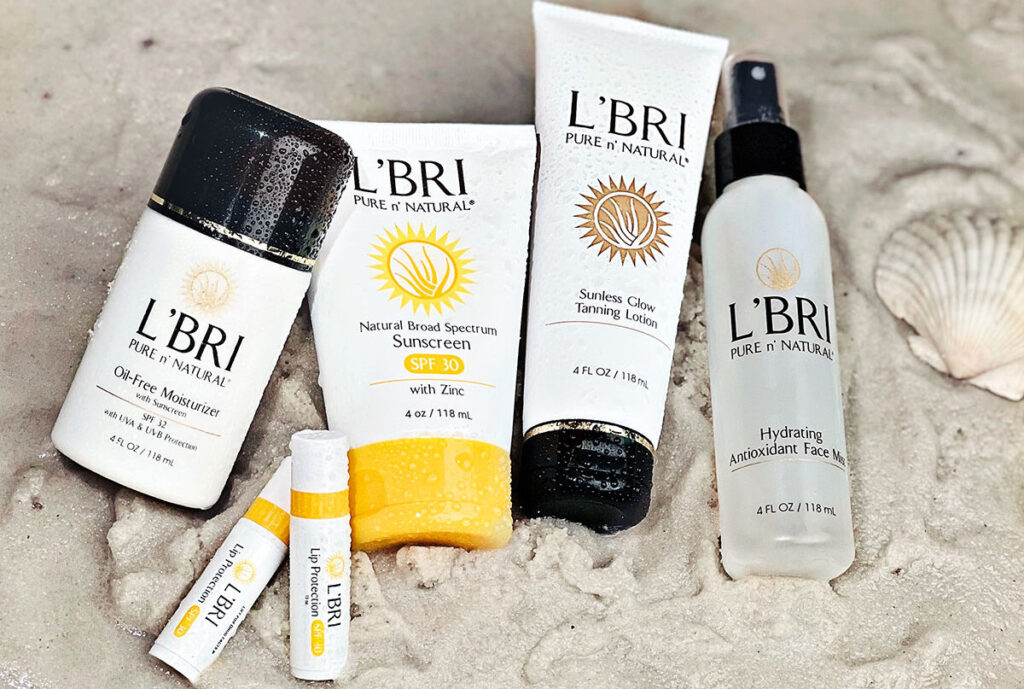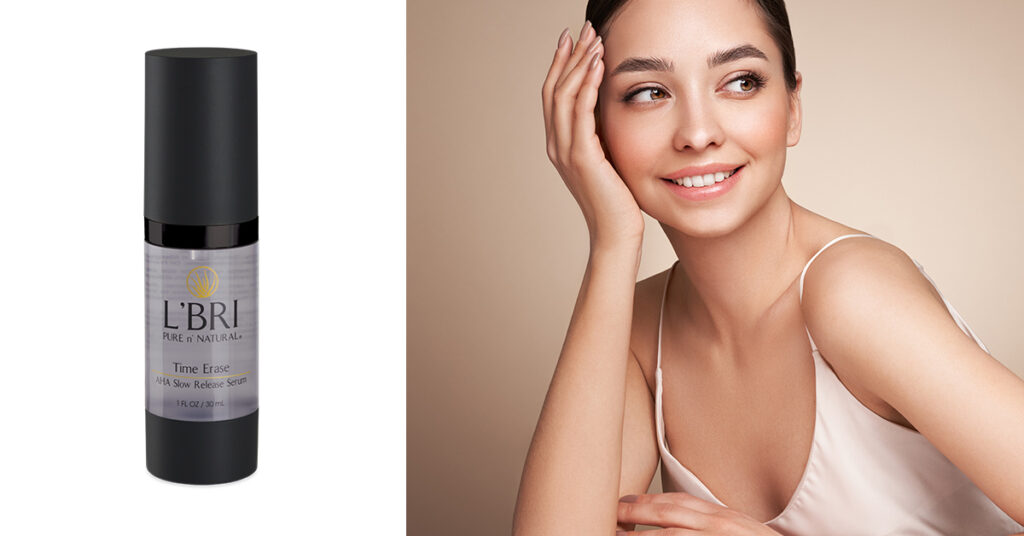
Large pores and age spots are a normal part of aging. Your skin structure changes daily while dead skin cells pile up to create a protective layer on the top of your skin. This accumulation of skin cells can make your skin look dull and your pores appear larger. L’BRI’s Aloe-First Time Erase AHA Slow-Release Serum works like fine sandpaper to buff away fine lines and imperfections.
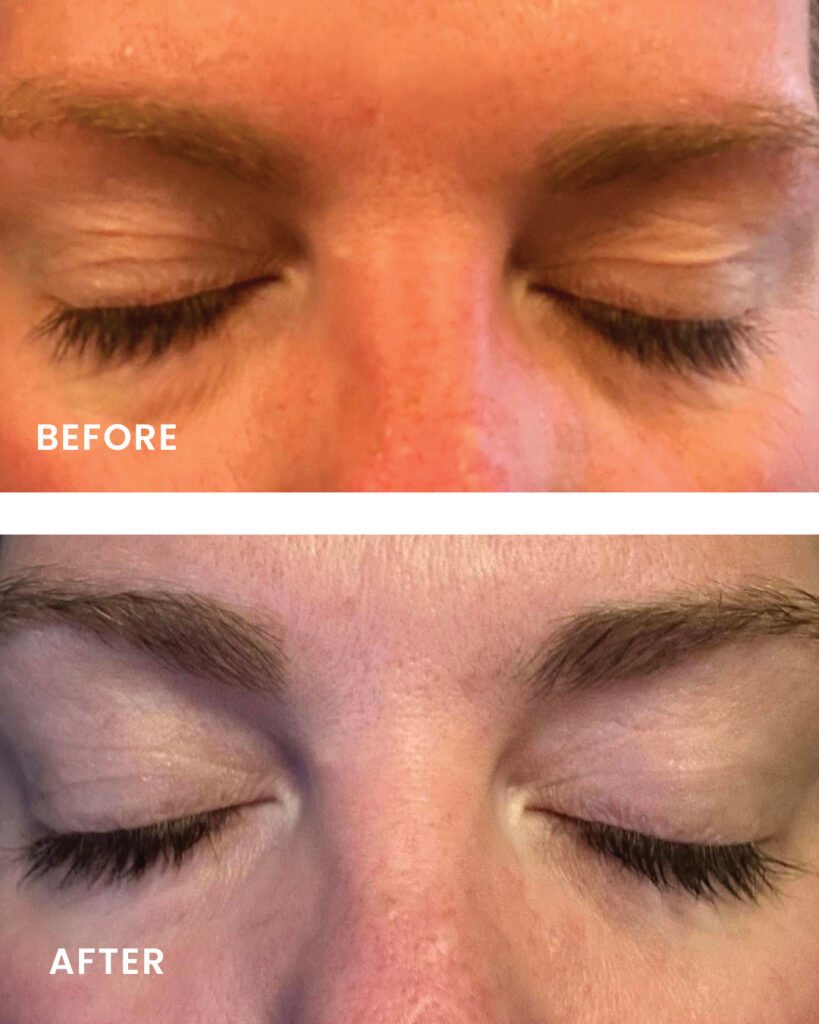
Believably REAL Results in 30 days using Time Erase AHA Slow-Release Serum, Dermaplex A Line Reversal Peptide Serum, and Maxifirm + Peptides Skin Renewal and Lifting Serum in suggested areas.
What are the types of pores?
Sweat pores
Sweat pores are an important part of your skin. They are so tiny it’s hard to see them without magnification. These tiny holes allow sweat to travel to the skin’s surface to help regulate body temperature.
Oil pores
Oil pores are connected to oil glands (sebaceous glands). They cover the entire surface of your skin, except for the palms of your hands and the soles of your feet. Unlike sweat glands these pores are visible to the naked eye. Oil pores release oils that keep skin healthy, supple, and moisturized.
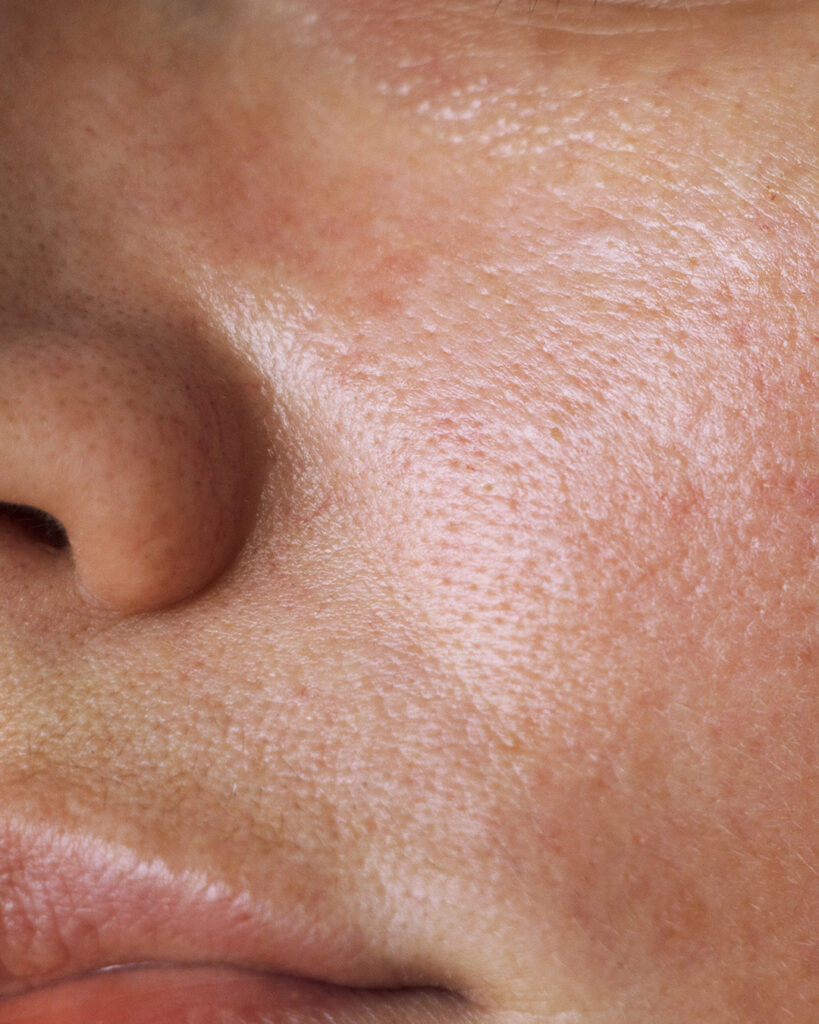
What causes large pores?
Excessive sebum production
The more oil secreted by the sebaceous glad, the larger the pore can appear. Excess sebum can dilate pores and get trapped inside causing congestion and the appearance of larger pores.
Aging
As skin ages it loses the collagen and elastin that make it firm and stretchy. When this support structure begins to change, your pores can change in appearance, widening or stretching over time.
Increased hair follicle volume
When the pore at the end of a hair follicle becomes clogged, its volume increases making pores appear larger.
Chronic acne
Acne clogs pores drawing attention to their size. Built up dirt, oil, whiteheads, and blackheads can enlarge pores causing them to sag overtime.
Hormones
Hormones can create an overproduction of oil which can make pores appear larger.
Skin care routine
You don’t need chronic acne for your pores to become enlarged. Pore can also appear wider when dirt, oil, and dead skin cells are allowed to clog pores continuously.
Sun damage
The sun’s ultraviolet rays break down collagen and elastin leading to skin damage and therefore larger pores.
What are age spots?
Age spots, also called liver spots, are flat, tan to dark brown spots on the skin. No one is immune to age spots, but they’re more visible on adults with light skin.
What causes age spots?
Everyone knows that when your skin is exposed to the sun it becomes darker in large surfaces. That’s a suntan. However, years of UV exposure can cause the overproduction of melanin in small areas. Those are age spots.
Melanin is the natural pigment that gives our skin color. It’s also your skin’s way of preventing UV damage. When exposed to UV light, such as sunlight or tanning beds, melanin is produced in high concentrations, leading to age spots. They are most common on the hands, face, shoulders and upper back, areas that are repeatedly exposed to the sun over the years.
How can I reduce the appearance of large pores and age spots?
Time Erase AHA Slow-Release Serum uses our best-in-class ingredient, 10% Alpha Hydroxy Acid, to achieve Believably REAL Results by unclogging pores from debris, dirt, oil, and dead skin can help large pores appear smaller. Plus, AHA brightens skin by gently removing layers of skin cells with high melanin concentrations, thus helping to lighten age spots.
What is Alpha Hydroxy Acid?
Also called AHA, Alpha Hydroxy acid helps remove dead skin cells for a smoother, more even-toned complexion. AHA also helps to encourage the skin’s natural collagen production to dimmish fine lines and improve overall firmness.

Who can use Time Erase AHA Slow-Release Serum?
This formula is safe for all skin types.
How do I apply Time Erase AHA Slow-Release Serum?
Gently massage a few drops into fine lines around the mouth and eyes as well as age spots, and acne scars for a visibly refined complexion. Apply all serums after you use Freshener and before you Moisturize.
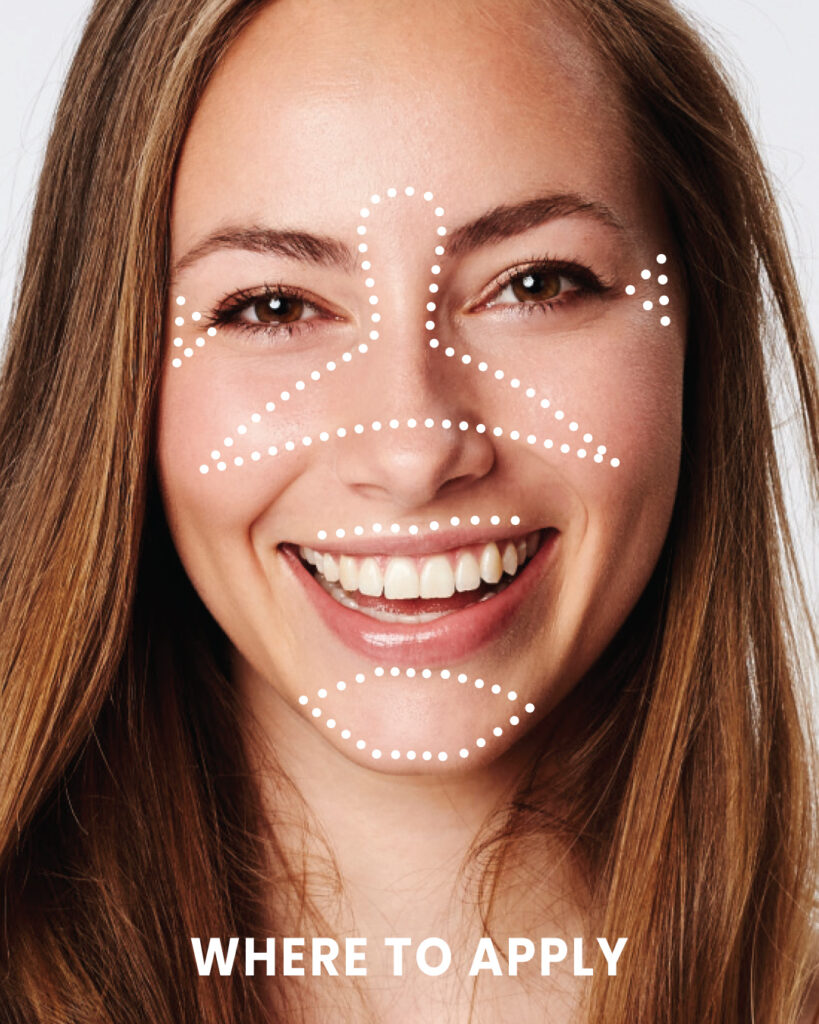
Can a daily skin care routine help my pore look smaller?
Healthier, younger-looking skin begins with a Skin Care Trio perfect for your skin type. Cleansing is an important step in reducing the appearance of pores. Cleanse your face twice daily to unclog pores and reduce oiliness. Use warm water and gently wash your face. Scrubbing can irritate your skin and cause inflammation. When skin is inflamed, pores tend to be more noticeable. Finish your routine with the Freshener and Moisturizer perfect for your skin type. Find the Skin Care Trio perfect for your skin type using our online SKIN CARE QUIZ.
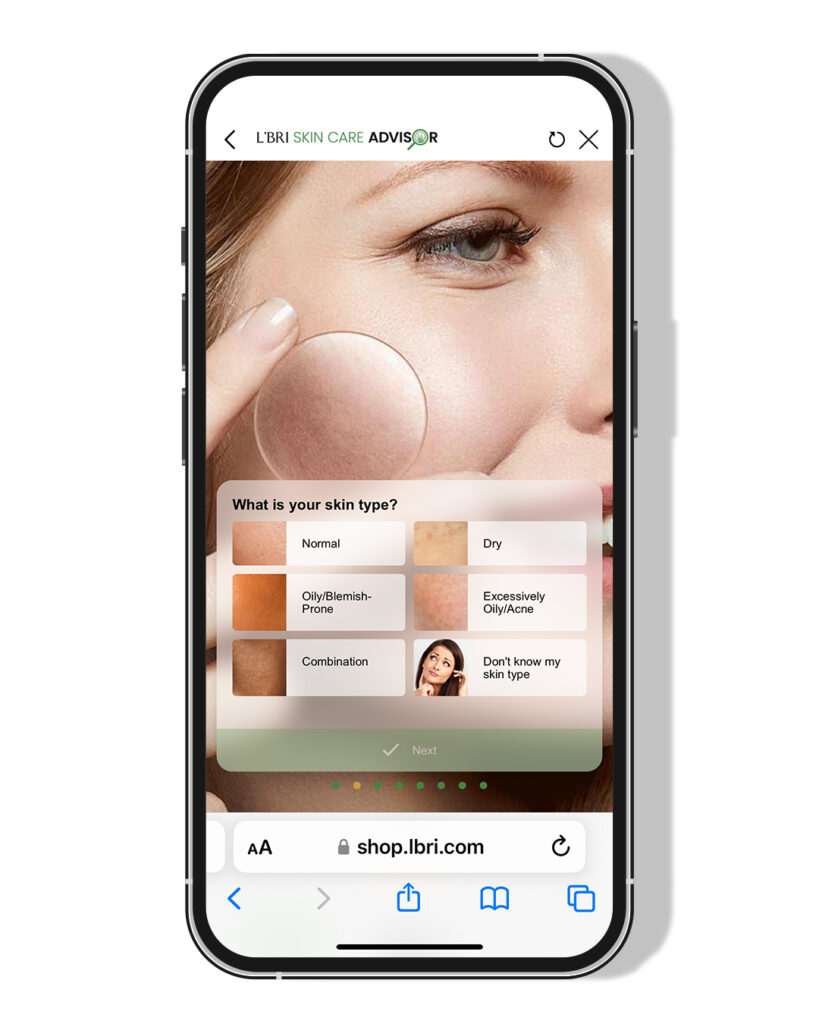
Discover the Transforming Power of Aloe on our Aloe Beautiful Blog.
Find Beauty Hacks to Help You Look Younger on our Aloe Beautiful Blog.


